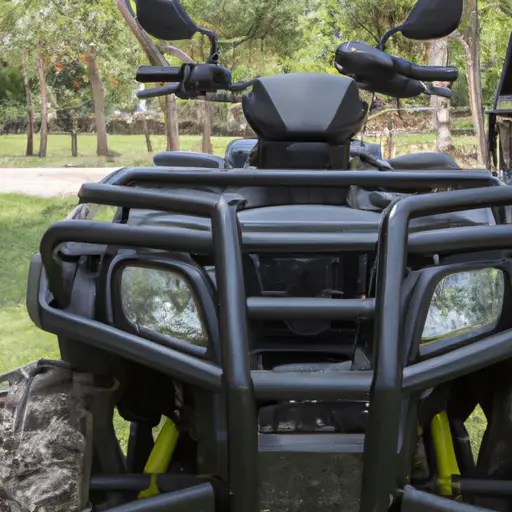
If you ride an ATV, you know that understanding the mechanics of your vehicle is important. One of the most important components is the carburetor, which regulates the air-to-fuel ratio in your engine.
The Use of Carburetors in ATVs
Carburetors are used in ATV engines to regulate and mix fuel and air before it enters the engine cylinder. This mixture must be precisely balanced; if it is not, the engine will not run properly or efficiently—and could even be damaged due to too much or too little fuel entering the engine. A carburetor consists of several components, including a float valve, jets, and throttle plates. These parts work together to regulate how much fuel and air enter the engine when you open or close the throttle.
Types of Carburetors Used in ATVs
There are two main types of carburetors used in ATVs: diaphragm and slide-type carburetors. Diaphragm carburetors have a diaphragm (or rubber membrane) that opens and closes with changes in pressure within the carburetor body, allowing for precise control over fuel flow into the engine cylinder. Slide-type carburetors use a plunger to open and close an intake valve when pressure changes inside the carb body; this type of carb is typically found on smaller displacement engines such as those found on recreational ATVs.
Benefits of Carbureted Engines for ATVs
Carbureted engines offer several advantages for riders who use their vehicles off-road or on trails—most notably reliability and simple maintenance requirements. Carbureted engines are relatively simple compared to their fuel-injected counterparts; they require fewer parts, are easier to repair or replace if necessary, and can handle a wide range of conditions without needing significant adjustments or tuning during normal operation. In addition, they often cost less than fuel injected systems which makes them attractive for people on a budget looking for reliable performance from their vehicles’ engines over time.
While some newer models may feature fuel injection systems instead of traditional carbs, these systems are still based off of traditional designs where air/fuel mixtures are regulated by mechanical means rather than electronically controlled pumps like those found in cars and trucks today. Understanding how your vehicle’s engine works will help ensure that it runs smoothly no matter what type terrain you encounter while riding your ATV!

